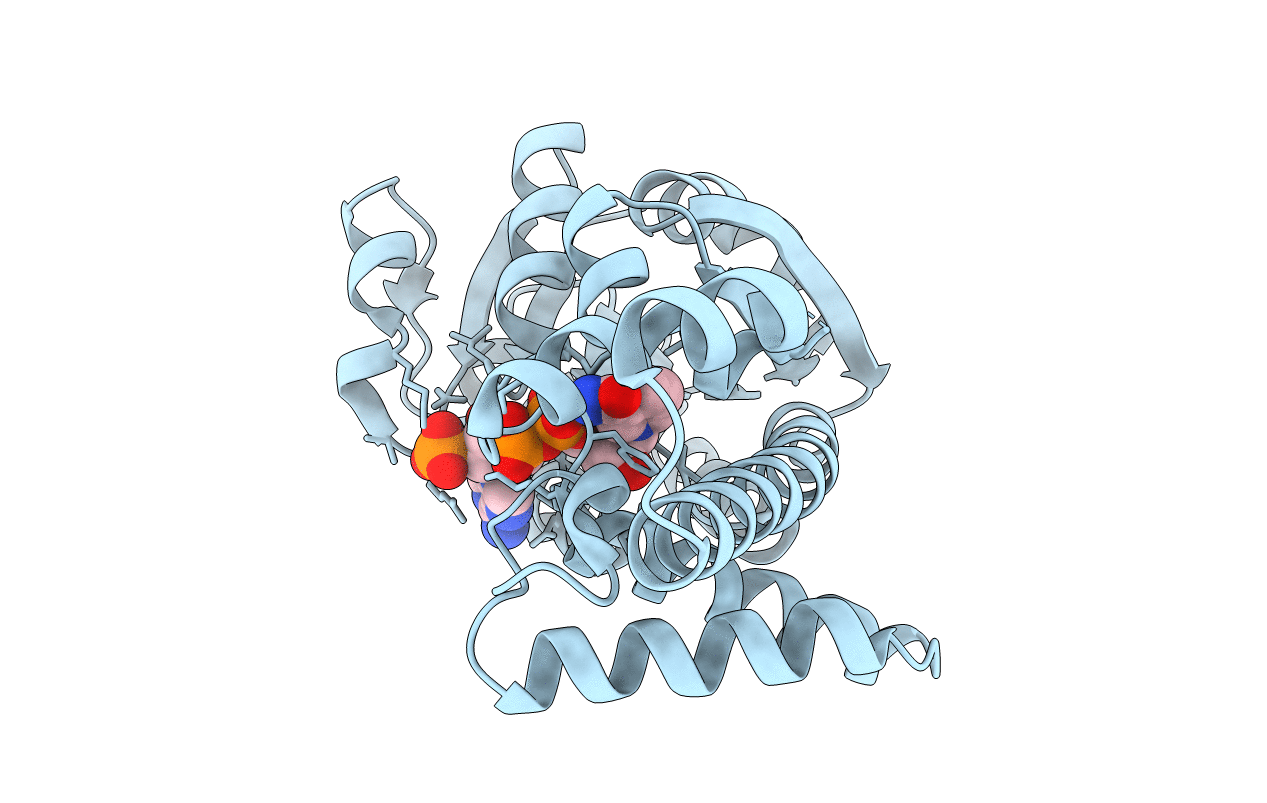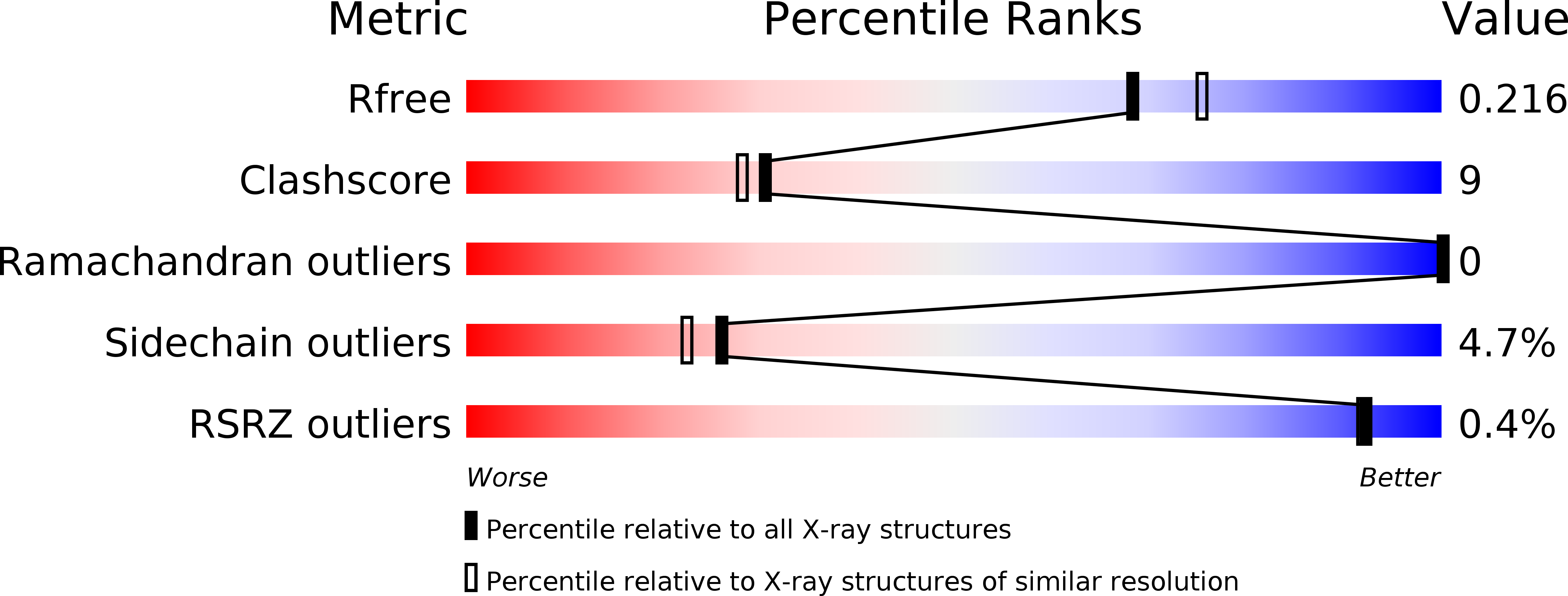
Deposition Date
2013-02-22
Release Date
2014-01-15
Last Version Date
2024-11-13
Entry Detail
PDB ID:
3W6U
Keywords:
Title:
Crystal structure of NADP bound L-serine 3-dehydrogenase from Hyperthermophilic Archaeon Pyrobaculum calidifontis
Biological Source:
Source Organism:
Pyrobaculum calidifontis (Taxon ID: 410359)
Host Organism:
Method Details:
Experimental Method:
Resolution:
2.00 Å
R-Value Free:
0.24
R-Value Work:
0.22
Space Group:
C 1 2 1


